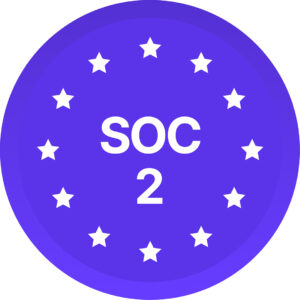How one failed culture initiative taught us the secret to driving measurable workplace transformation
At Diversio, we once launched a well-intentioned culture initiative designed to align teams and standardize inclusive behaviors across the company. The framework was solid. The systems were structured. The logic was sound. But despite this, the initiative fell flat. Why? Because we neglected a critical human factor: employee motivation.
We focused on the ‘what’ and the ‘how’, but overlooked the ‘why’. Employees didn’t see themselves in the change. They weren’t bought in emotionally. The result was predictable: poor engagement, low ownership, and ultimately, no measurable progress on workplace inclusion.
The Culture Change ROI Equation: Structure × Motivation = Results
Culture transformation isn’t a process, it’s a multiplier. And like any good equation, if one input is zero, the outcome is zero.
Research from McKinsey shows that executives who invest time and effort in changing employee mindsets from the start are four times more likely to say their change programs were successful. What we’ve learned and now measure for our clients is that lasting workplace culture transformation sits at the intersection of:
- Structure: Clear processes, consistent expectations, aligned leadership, and systematic DEI frameworks.
- Motivation: Emotional buy-in, urgency, belief in the purpose, and personal connection to inclusive outcomes.
When structure is high but motivation is low, teams enter comfortable complacency. They follow procedures, but don’t improve inclusion outcomes. When motivation is high but structure is lacking, you get chaotic hustle: short-lived bursts of energy, followed by burnout and no sustainable change.
Research demonstrates that neither leads to ROI. But when the two align, you unlock high-performance, high-retention teams with measurable business impact on diversity, equity, and inclusion.
From Initiative to Insight: What We Learned
The failed initiative wasn’t a waste, it was a wake-up call that transformed how we approach workplace culture change. We began embedding motivation strategies into all culture efforts, testing for psychological buy-in using our Culture Balance Assessment.
Studies on similar initiative effectiveness show that employee responses to workplace inclusion programs fall into four categories: excited supporters, calm compliers, torn shapers, and discontented opponents. Understanding these varied responses is crucial for customizing approaches rather than relying on one-size-fits-all people policies.
Clients using our dual-lens approach (structure + motivation) are now seeing:
- +25% higher engagement in culture initiatives that include a motivational strategy
- 2.5x greater follow-through on team development actions when employees believe in the ‘why’
- Increased retention in teams where purpose is explicitly tied to inclusive workplace structure
It’s simple: when people care and know how to act, they deliver better inclusive workplace outcomes. And better inclusion drives real business results.
Ready to Measure What Matters?
Optimo partners across the UK & North America are using Diversio’s tools to go beyond intention and start tracking cultural performance through a dual lens: systems and sentiment.
Take our free Culture Performance Gap Assessment today and discover how to measure both the structural and motivational elements driving real inclusion in your organization.
Book a consultation with our team to learn how leading enterprises are using Diversio’s platform to achieve measurable culture transformation and ROI on their investments.

